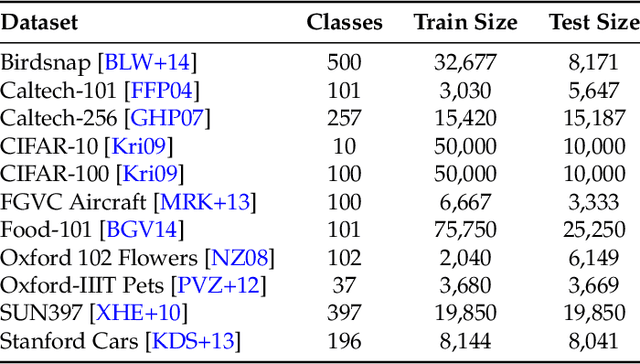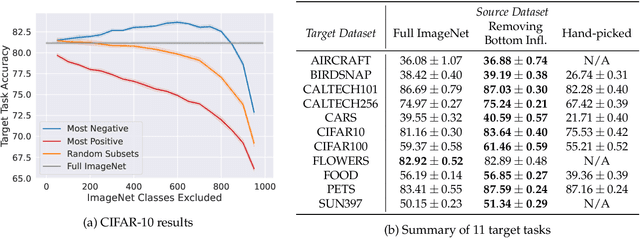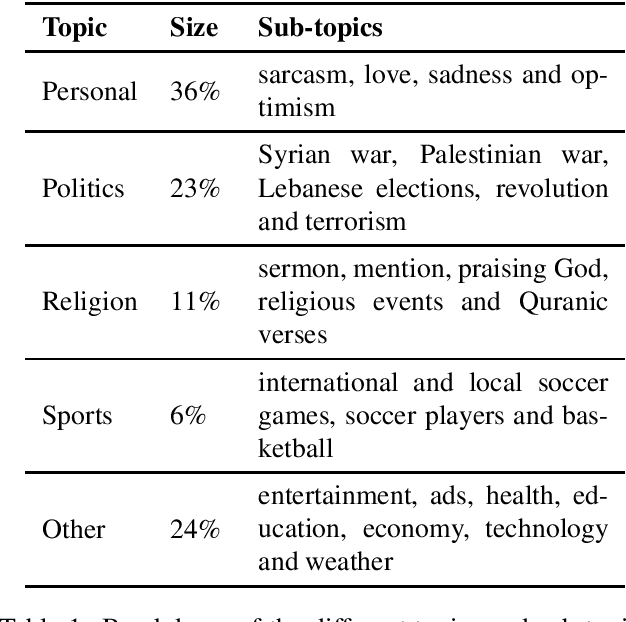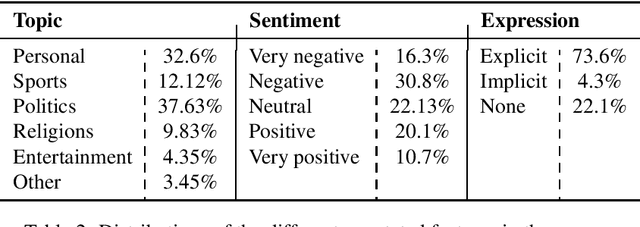Alaa Khaddaj
American University of Beirut, Electrical and Computer Engineering Department, Beirut, Lebanon
Rethinking Backdoor Attacks
Jul 19, 2023



Abstract:In a backdoor attack, an adversary inserts maliciously constructed backdoor examples into a training set to make the resulting model vulnerable to manipulation. Defending against such attacks typically involves viewing these inserted examples as outliers in the training set and using techniques from robust statistics to detect and remove them. In this work, we present a different approach to the backdoor attack problem. Specifically, we show that without structural information about the training data distribution, backdoor attacks are indistinguishable from naturally-occurring features in the data--and thus impossible to "detect" in a general sense. Then, guided by this observation, we revisit existing defenses against backdoor attacks and characterize the (often latent) assumptions they make and on which they depend. Finally, we explore an alternative perspective on backdoor attacks: one that assumes these attacks correspond to the strongest feature in the training data. Under this assumption (which we make formal) we develop a new primitive for detecting backdoor attacks. Our primitive naturally gives rise to a detection algorithm that comes with theoretical guarantees and is effective in practice.
Raising the Cost of Malicious AI-Powered Image Editing
Feb 13, 2023Abstract:We present an approach to mitigating the risks of malicious image editing posed by large diffusion models. The key idea is to immunize images so as to make them resistant to manipulation by these models. This immunization relies on injection of imperceptible adversarial perturbations designed to disrupt the operation of the targeted diffusion models, forcing them to generate unrealistic images. We provide two methods for crafting such perturbations, and then demonstrate their efficacy. Finally, we discuss a policy component necessary to make our approach fully effective and practical -- one that involves the organizations developing diffusion models, rather than individual users, to implement (and support) the immunization process.
A Data-Based Perspective on Transfer Learning
Jul 12, 2022



Abstract:It is commonly believed that in transfer learning including more pre-training data translates into better performance. However, recent evidence suggests that removing data from the source dataset can actually help too. In this work, we take a closer look at the role of the source dataset's composition in transfer learning and present a framework for probing its impact on downstream performance. Our framework gives rise to new capabilities such as pinpointing transfer learning brittleness as well as detecting pathologies such as data-leakage and the presence of misleading examples in the source dataset. In particular, we demonstrate that removing detrimental datapoints identified by our framework improves transfer learning performance from ImageNet on a variety of target tasks. Code is available at https://github.com/MadryLab/data-transfer
ArSentD-LEV: A Multi-Topic Corpus for Target-based Sentiment Analysis in Arabic Levantine Tweets
May 25, 2019


Abstract:Sentiment analysis is a highly subjective and challenging task. Its complexity further increases when applied to the Arabic language, mainly because of the large variety of dialects that are unstandardized and widely used in the Web, especially in social media. While many datasets have been released to train sentiment classifiers in Arabic, most of these datasets contain shallow annotation, only marking the sentiment of the text unit, as a word, a sentence or a document. In this paper, we present the Arabic Sentiment Twitter Dataset for the Levantine dialect (ArSenTD-LEV). Based on findings from analyzing tweets from the Levant region, we created a dataset of 4,000 tweets with the following annotations: the overall sentiment of the tweet, the target to which the sentiment was expressed, how the sentiment was expressed, and the topic of the tweet. Results confirm the importance of these annotations at improving the performance of a baseline sentiment classifier. They also confirm the gap of training in a certain domain, and testing in another domain.
 Add to Chrome
Add to Chrome Add to Firefox
Add to Firefox Add to Edge
Add to Edge